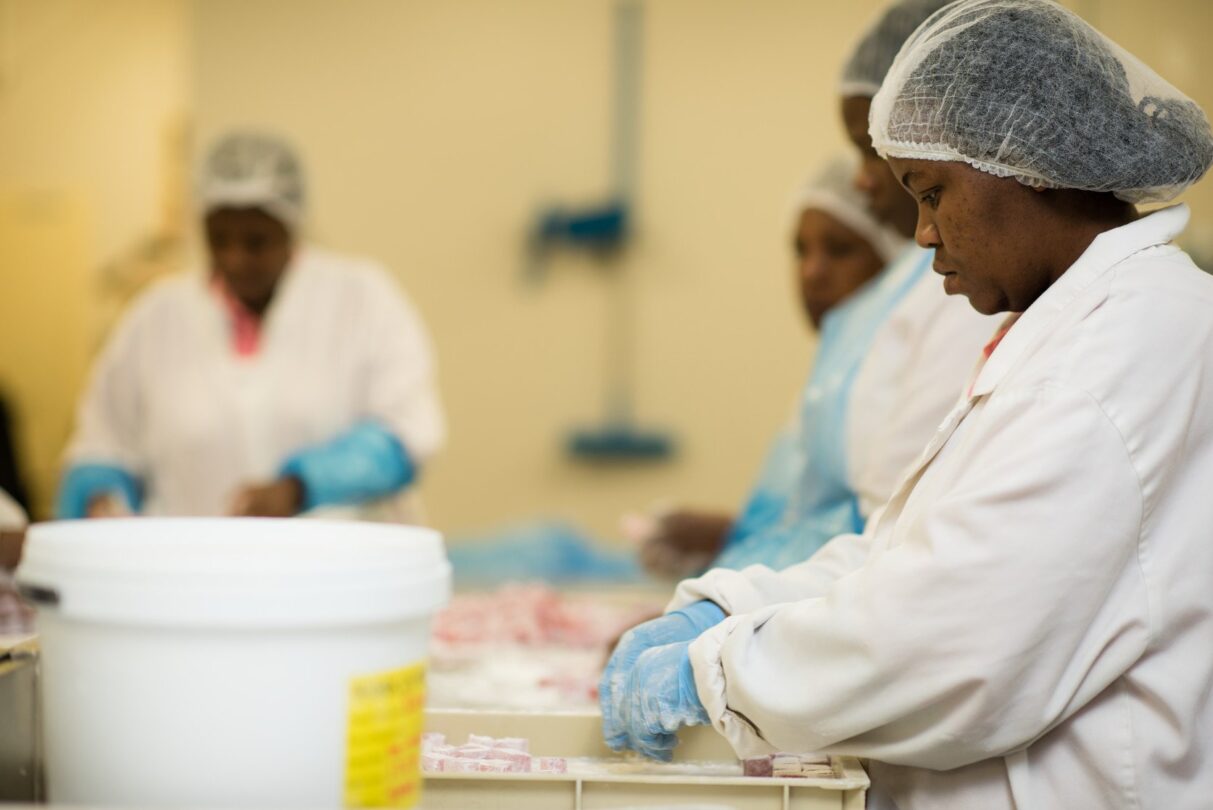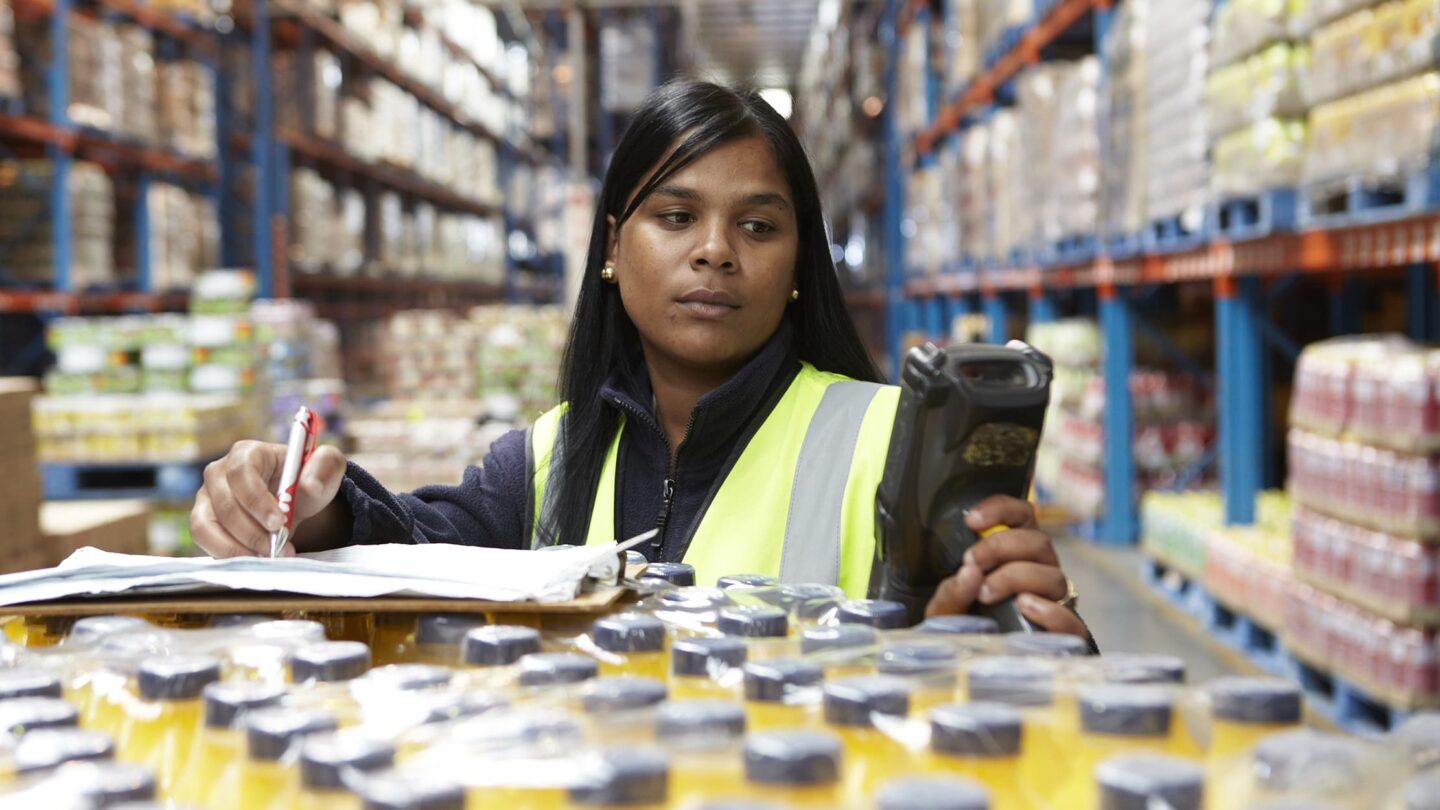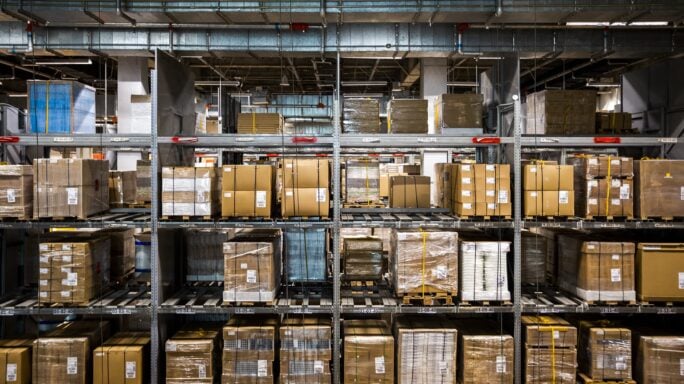Strategy, Legal & Operations
Integrate traceability data to meet chemical regulations
Chemical manufacturing has always been a volatile industry, with ongoing pressures such as product commoditization, material volatility and fluctuating...

Chemical manufacturing has always been a volatile industry, with ongoing pressure from product commoditization, material volatility, fluctuating markets, and now, coronavirus.
As supply chains are disrupted and new systems put in place, it is vital that your operational methods are watertight in order to meet the changing complexity of regulatory requirements.
Here, we look at the challenges in integrating traceability data systems across the business, and solutions to ensure that you submit quality data for inspection for different regulatory bodies.
Move beyond ERP with Sage X3
Take control of your entire business.
From supply chain to sales with Sage Business Cloud X3. Software for established businesses looking for greater efficiency, flexibility, and insight.

Be ready for regulatory change
Chemical manufacturing is highly regulated, and it is a day-to-day challenge to ensure that your business is both following and up-to-date with regulatory change. Government regulatory bodies with strong enforcement capabilities continue to mandate new processes and procedures. Many of these you must comply with if you want to avoid punishment.
If you’re a business operating in different countries, you must be ready to meet with evolving industry standards and agreements created by regulatory bodies. These include:
Global harmonized system (GHS)
The GHS is a global system for classifying and communicating the hazardous properties of industrial and consumer chemicals. Although the GHS itself is not a legally-binding international agreement, many countries have created local or national legislation to implement its criteria.
• Occupational Safety and Health Administration (OSHA)
OSHA, part of the US Department of Labor, has aligned with GHS. OSHA has the federal responsibility for ensuring safe and healthy working conditions for working men and women, setting and enforcing standards and by providing training, outreach, education, and assistance.
• Registration, Evaluation, Authorization, and Restriction of Chemical Substances (REACH)
REACH is an EU regulation that asks businesses to identify and manage the risks linked to the substances they manufacture and market in the EU. To comply with the rules, you must demonstrate that you safely use materials, as well as show evidence of communicating risk management measures,
• Strategic Approach to International Chemicals Management (SAICM)
SAICM is a global policy framework to foster the sound chemical management of chemicals throughout their lifecycle.
Depending on the size and location of your business, regulations will differ. Still, you will understand that regional standards and regulatory compliance have become a basic necessity for any chemical manufacturer. Product labelling regulations mandated by governments can mean the difference between market entry and exclusion.
It is also becoming more common for the public, customers, and lawmakers to raise environmental issues, with plastics in particular pinpointed as an area of concern. These regulations are likely to increase, with more pressure on your business to reduce, recycle and innovate in the name of the circular economy.
Sage X3 Coffee Break Demo + Live Q&A
In this 30-minute session you’ll get a sneak peek of Sage X3 in action along with a live Q&A to get all your questions answered by our experts.

Complying with regulatory change through traceability
Regulations mean that you will have to capture and store data from operational processes, for example, in case there is a quality audit or recall. It will also allow you to flag up errors in the method of manufacturing your chemical products. After all, with complicated manufacturing processes, it can be easy to introduce issues which can impact the quality of your product.
Only be analyzing processes end-to-end can you truly track how effective they are. At a challenging time, it is not good enough to rely on assumptions or guesswork in any decision making. You need to understand the real cost of your operations.
The only way you can build an argument for organizational change is through the visibility of operational inefficiencies. Then you can gain the upper hand over your competitors, who may be holding back on investment in the technologies needed during tough times.
You will have to integrate traceability data systems across the business so that you can submit quality data for inspection for different regulatory bodies. As regulation complexity grows, the challenge is to ensure data can be made available and traceable across the business. You may have to implement new technology to integrate a traditionally siloed workplace.
What technology do you need?
For better traceability, you should look for technology that you can apply in a VUCA (volatile, uncertain, complex, and ambiguous environment), ensuring that it can seamlessly fit into your business model and not just a one-off solution. You will want to bring all your critical data together across ERP, CRM, and manufacturing operations to achieve better outcomes and reduce inefficiencies in your supply chain manufacturing and financial systems.
When it comes to traceability, ask yourself questions like:
• Do I have visibility of my core manufacturing processes?
• Can I fully trace products quickly and efficiently?
• Do I fully understand how much production is costing?
In addition to transparency and traceability, look for technology that provides:
• A complete view of your global operation. It would help if you had an understanding of worldwide distribution to third party supply chains across borders with ever-high levels of competition. Look for a complete view of your ecosystem, extending into supply chains.
• Optimization to help you achieve environmental responsibility. Look for the insight and capabilities you need to manage renewable raw materials, source responsibly and improve production methods.
• A way to focus on innovation where it matters. You will want to use business insight to see where investment will deliver the best return, adapting quickly to meet specific customer needs ahead of the competition
• The ability to better tailor your offerings by market. This will help you fight against stiff competition from local markets who may charge less
• Product and process consistency. It would be best if you looked for robust single and multi-level bill of materials management to ensure the highest levels of product consistency, quality, and collaboration.








Ask the author a question or share your advice